What is Focus Peaking? A Guide to the Manual Focusing Aid
![]()
When using manual focus, it’s difficult to tell exactly where your plane of focus is. It’s possible to make a guess using your eye, but you can still be slightly off and end up with an image that is out of focus. Similar to how histograms take the guesswork out of exposure, focus peaking uses an algorithm and a simple visual aid to help take the guesswork out of manually focusing your lens.
Table of Contents
What is Focus Peaking?
Focus peaking helps you pinpoint the areas of your image that are in focus by overlaying a color to highlight the areas of your image that are in focus. The color overlay is displayed in real-time on your camera’s LCD screen, so you are able to see how your image’s focus changes with turns of the focusing ring on your lens.
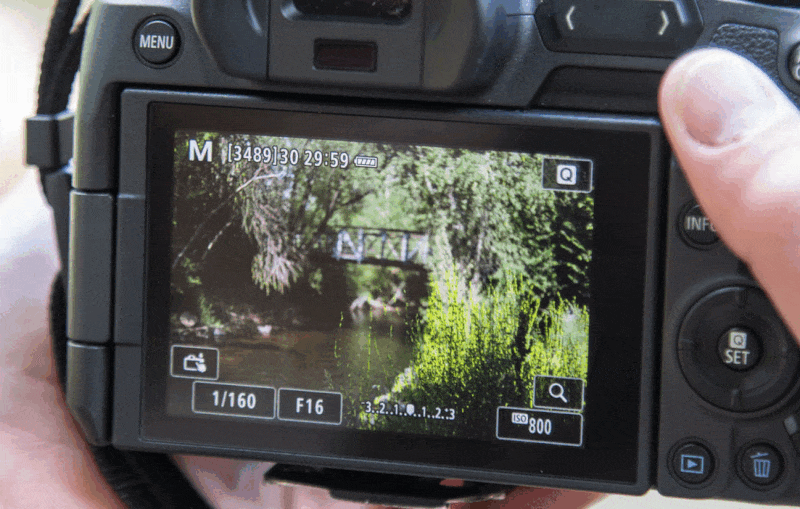
It is available when using manual focus (and on some cameras, manual focus exclusively), and can make the daunting task of manually focusing your lens much simpler. In today’s photography world, manual lenses are popular and can be some of the sharpest pieces of glass when focused properly.
Although videography was the first field to make wide use of focus peaking, the photography world has adopted it with the advancement of mirrorless camera technology. Most recent mirrorless cameras come with focus peaking as a feature, and some DSLR cameras have it as well. Some manufacturers refer to it by a different name, such as “peaking highlights” or “focus assist.”

In addition to helping photographers determine what parts of their image are in focus, focus peaking also helps visualize the effects of changing aperture. At a wide aperture, such as f/1.8, the plane of focus is small, and only part of the image will be in focus. In this scenario, focus peaking will only overlay color on a small part of the image.
At a narrow aperture, such as f/22, the plane of focus is large, and a large portion of the image will be in focus. In this case, focus peaking will overlay color on a large part of the image. This is useful in situations when you aren’t sure what aperture will give you the depth of field that you want.
How to Access Focus Peaking
Most cameras will have focus peaking settings grouped with other focusing settings, and some will only let you access focus peaking when your lens is in manual focus. To switch your lens to manual focus (provided that you have a lens with autofocus), find the switch on the lens that has AF and MF, and switch it to MF.
While every camera is different, it’s important to note that your camera may not have focus peaking. Make sure to read your camera’s manual, looking for anything under “focus peaking,” “peaking highlights,” “focus assist,” or general focusing aids.
![]()
![]()
If your camera doesn’t have focus peaking built-in, you are not out of luck. Since videography has used focus peaking for a while, most external monitors meant primarily for video have focus peaking. The biggest downside is that they aren’t the cheapest accessories, but if you find yourself needing a way to check your focusing accuracy, you may want to consider an investment.
Simply plug in the external monitor to your camera and access focus peaking on the monitor itself. Before purchasing, ensure that the monitor has built-in focus peaking and that it is compatible with your camera. Online camera stores often have external camera monitors on sale around holidays.
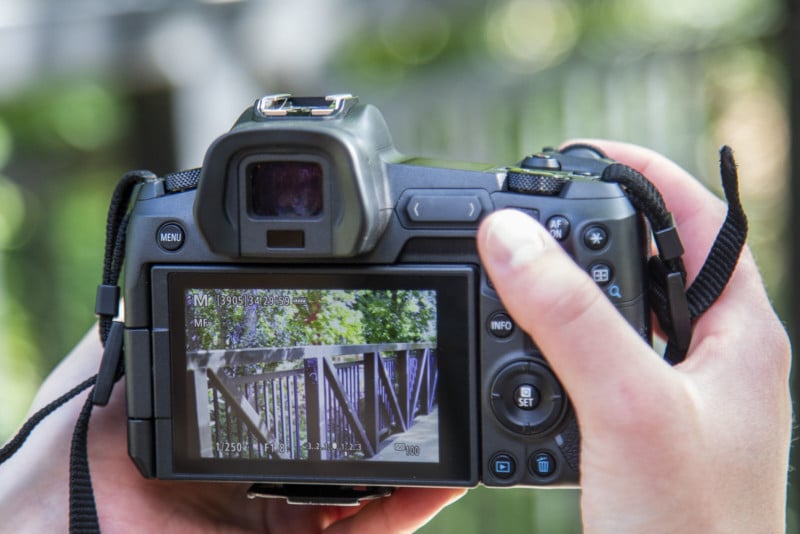
How Focus Peaking Works
The mechanism behind focus peaking is logical. A focus peaking algorithm digitally analyzes the scene, looking for areas of high and low contrast. In the most simple terms, the areas of high contrast are in focus, and therefore will have a color overlay. The areas of low contrast are not in focus, so they will not have a color overlay.
![]()
Most cameras have adjustable focus peaking parameters, which you should use to your advantage depending on the scenario. The two most common parameters are the sensitivity and the color of the focus peaking overlay.
By changing the sensitivity or level of the overlay, the algorithm will either have a higher or lower sensitivity to the areas of highest contrast. This is useful because some scenarios will not have many areas in focus. For example, if you’re doing macro photography at f/1.8, only a small portion of the image will be in focus and a higher sensitivity might be useful.
In an opposite example, landscape photography at f/22 will have a large portion of the image in focus, and a lower sensitivity might be useful so that you can see more of the image itself rather than just color overlay.

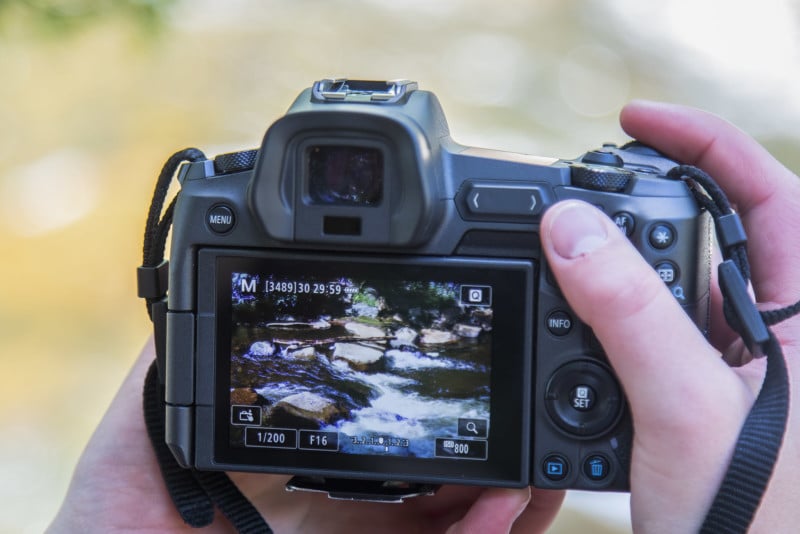
The other useful parameter you can usually change is the color of the overlay. Most cameras have red, yellow, and blue as options, but some have more. This is useful when certain overlay colors might not show up as well as others, depending on the scene. Experiment with different colors on different scenes to find out what works best for your scenario.
When To Use (And When Not To Use) Focus Peaking
Focus peaking is a tool, and like most tools, it can be used properly and improperly. Here are some tips regarding focus peaking for a few different scenarios.
Landscape Photography
![]()
You’ll probably be using a narrow aperture to achieve a deep depth of field. This means that focus peaking will likely show lots of areas that are in focus, so you may want to consider changing the sensitivity to low.
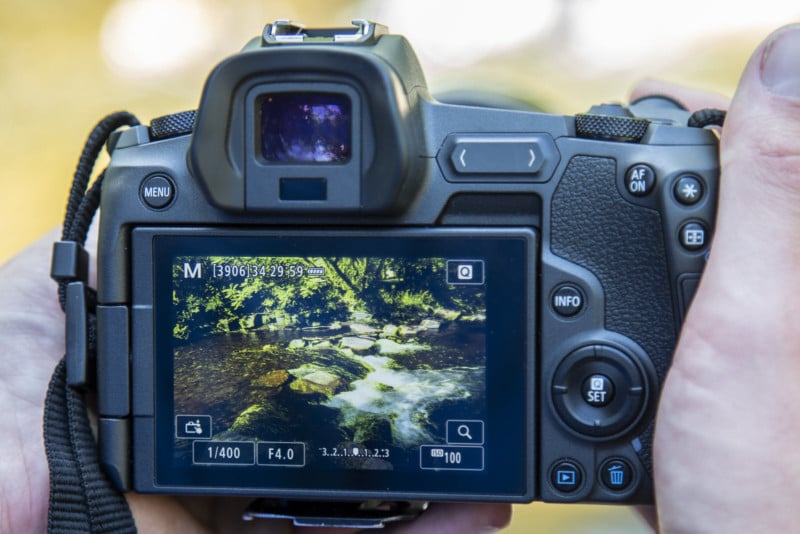
Also, choose a color that stands out against the main color of your landscape. After pressing the shutter button, review your image and zoom in to make sure that your focus is as accurate as you’d like it to be. Worst case, remember that you don’t have to use focus peaking. If it’s distracting because there is too much color overlay, you can always turn it off and focus on your composition first.
![]()
Portrait Photography
![]()
Using focus peaking during a portrait shoot is very dependent on the type of portrait. If you’re doing a family shoot with lots of kids or fast-moving subjects and you need to be quick, your best bet will be to find a lens with autofocus. However, if you need to use a manual focus lens, focus peaking will help you ensure that your subject’s eyes are in focus. This will work best with a subject that is relatively still, and it will become increasingly harder as you increase the number of subjects. Adjust the sensitivity and color so that your subject’s eyes are the main target of the color overlay.
Macro Photography
![]()
Focusing is very important in macro photography because you are often working at very shallow depths of field. This means that only small parts of your image will likely be in focus, so a high sensitivity might help you make use of focus peaking. However, it’s important to note that some algorithms are not very good at identifying what’s in focus at shallow depths of field.
![]()
As a photographer, you should experiment with your camera’s focus peaking algorithm at wide apertures (something like f/1.2 or f/1.8) and see if focus peaking helps you. If it does, then use it in your macro shots to ensure you are focusing on the right parts of your subject. If it’s not useful, then it may distract you from making great shots.
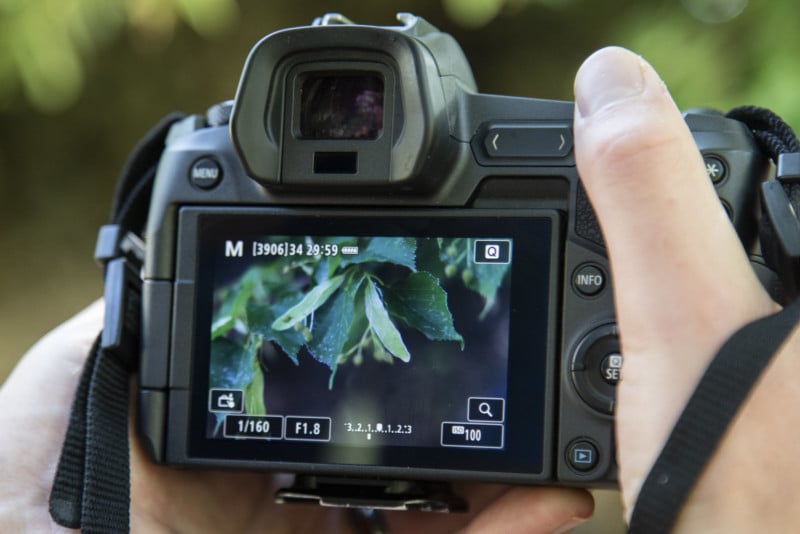
Sports Photography
![]()
As mentioned in the portrait category, focus peaking is hard to use with any subject that’s fast. If you can, use a lens with autofocus for sports. If that isn’t possible, then you’ll have a challenge doing any action photography with a manual focus lens – with or without focus peaking.
With such fast-moving subjects, it’s probably best to do your sports photography by looking through your viewfinder (if you have one) and trying to get your focus as accurate as possible. If you are using a continuous drive mode, which is advised for action photography, then hopefully your subject enters the plane of focus.
Sports photography doesn’t have to be all action shots, though. You can use focus peaking to help you focus on scenes of the team on the sideline when they are a lot more still. Use it to help you photograph the landscape, crowd, and other scenes that might tell a larger story. Those shots are the ones that you can ensure will be in focus with focus peaking.
Product Photography
![]()
Focus peaking is a great tool to use when you are doing product photography. You usually have a clear, motionless subject that can be arranged to your liking. Focus should be something that you can nail every time so that you have the highest number of usable shots. Use focus peaking with an appropriate sensitivity (low will probably do the trick, but it depends on the scenario) to ensure that the product is overlaid with color in every shot.
If you’re working with a shallow depth of field, ensure that the important part of the product itself is in focus, such as the text on a label. Focus peaking is extremely useful in this case, and manual focus might even have greater advantages than autofocus in a scenario where nothing is moving and you want to get your shot right every time.
Conclusion
At first glance, photography might seem like a lot of guesswork in configuring exposure, camera equipment, other settings, and focus. However, there are tools and techniques that help photographers be as precise and accurate as possible. Focus peaking is a tool that, when used appropriately, helps photographers ensure that their manual focusing work is exactly how they want it. In the scenarios where it helps, focus peaking can take a shoot from an average to a sensational level with much less guesswork.